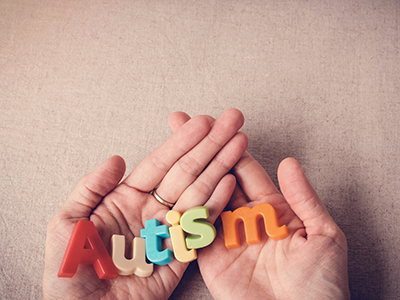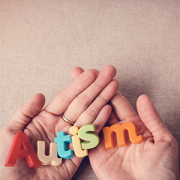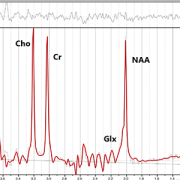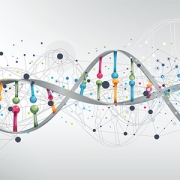Gene associated with autism affects social interactions differently in males and females

The loss function of a gene associated with autism spectrum disorder (ASD), Foxp2, impacts brain circuits that control olfactory processing, social interaction, mating, aggressive and parental behaviors in a pre-clinical model. Sex differences were most notable in females with low social interaction and higher aggression behavior compared to males, suggesting ASD-like behavior in females, according to the study published in Frontiers in Behavioral Neuroscience.
ASD affects social communication and behavior in approximately 1 in 68 people, many of the symptoms appear in the first two years of life, and the disorder is mostly seen in males. Recent studies suggest that FOXP2 mutations have been implicated in a subset of individuals with ASD.
“Our work provides insights into how this gene may function mechanistically to control social interactions in both males and females,” said Joshua Corbin, Ph.D., principal investigator at Children’s National Hospital and senior author. “Foxp2 is an autism susceptibility gene, thus potentially revealing insights into the neurobiological underpinnings of deficits in social communication in neurodevelopmental disorders.”
Dopamine (DA) also plays a role in motivation and reward-seeking behavior. Herrero et al. further found that patterns of Foxp2+ cell activation in the amygdala, a structure involved in social motivation, differed in females and males in response to DA, with greater activation in females. Although how this ties together with the function of Foxp2 in social behavior remains to be elucidated, this finding suggests an intriguing link between this important neuropeptide and Foxp2 function.
FOXP2 mutations in humans are associated with disorders affecting speech and language. The scientific community has extensively studied the Foxp2 gene in other brain regions, most notably those involved in language production, such as the cerebral cortex and basal ganglia (striatum). Still, little is known regarding the function of Foxp2 in male or female social behavior, which has a large amygdala component.
“Rational interventions for human disorders and diseases relies on an understanding of the underlying biology of these conditions,” said Corbin. “Our work presents an important step toward elucidating the genetic pathways required for neurotypical social behavior.”
To better understand the role that Foxp2 plays in the amygdala-linked social behaviors, the researchers used a comprehensive panel of behavioral tests in male and female subjects. The research team relied on visual observation and video recordings to collect and score the behavioral data, work that was conducted as part of Children’s National NIH funded DC-IDDRC.
The set of behavioral tests included a “social interaction assay” that utilized a 3-chamber device, an “olfactory habituation and discrimination assay,” which pooled several odors with a cotton swab and a “maternal aggression assay” that measured aggressive encounters of a lactating female to a male intruder.
The researchers also compared the ex vivo tissue samples of female and male subjects to assess protein changes in the amygdala that might affect the activation of DA pathways.











